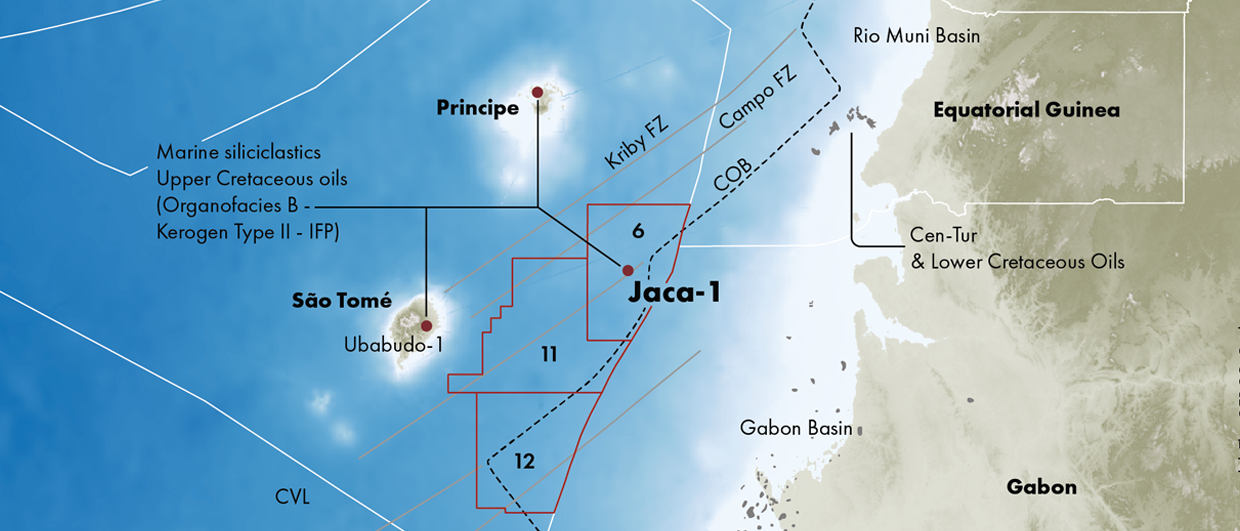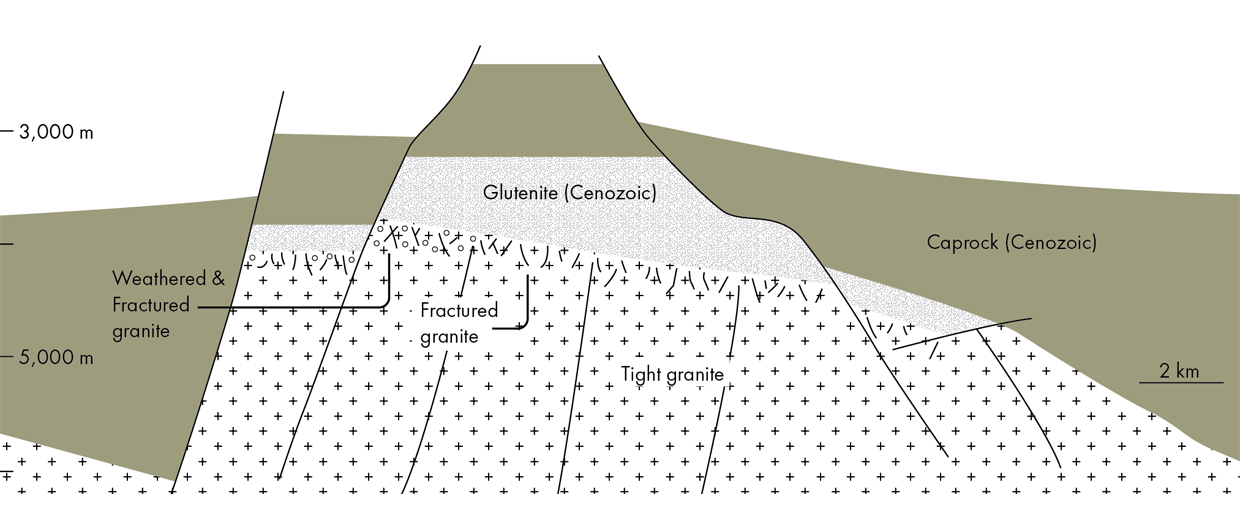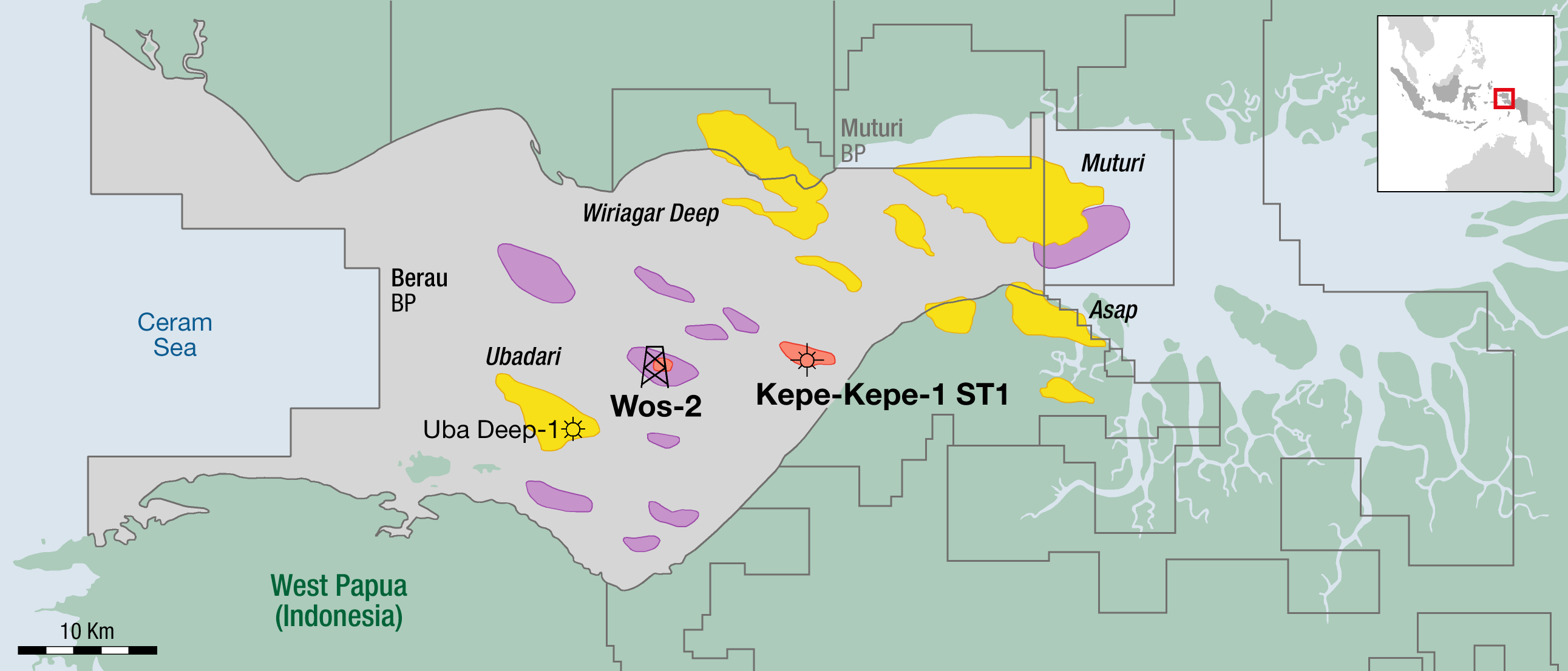An introduction to the Devonian-Paleogene prospectivity of the key areas of interest for the UKCS 29th Frontier Licensing Round.
The East Shetland Platform (ESP) and Mid North Sea High (MNSH) remain relatively underexplored platforms, with less than 10 wells per 1,000 km2. Over Quadrants 3, 8–9, 14–16, 35–38, 41–43 (Figure 1), the clearer imaging of the modern broadband dual-sensor towed streamer surveys (GeoStreamer®) provides new insights into the geology and the petroleum systems of these frontier areas, which are proposed for inclusion in the upcoming UKCS 29th Frontier Licensing Round.
The following is a short summary introducing the main play concepts. A much more comprehensive description and discussion of these areas have formed several technical papers and presentations, some of which are referenced here.
Source Rocks
Figure 1: Structural elements, main fields and well results on the eastern UKCS. All the surveys shown, except MC3D-SNS2013M, are GeoStreamer, constituting >18,520 km2 of modern (post-2010) 3D seismic and approximately 5,700 line-km of regional 2D (2009-2011).
The majority of the hydrocarbons found in the Northern and Central North Sea are sourced from the oil-prone upper Jurassic Kimmeridge Clay. In contrast, in the Southern North Sea, the main source rocks are gas-prone Westphalian coals and shales. The source kitchens in both regions are restricted to basinal depocenters, with charge to the platform margins occurring via lateral migration (Figure 1). A deeper source rock is needed in order to extend prospectivity beyond these margins (Patruno & Reid, in review).
On the ESP, middle-Devonian lacustrine source rocks have been penetrated by numerous wells and oil seep data has revealed a working petroleum system up to 80 km away from the Jurassic source kitchen (Richardson et al., 2005). This Devonian source is proven to work in the Inner Moray Firth (Beatrice Field) and West of Shetlands (Clair Field) and may provide a secondary charge for large Witch Ground Graben fields (e.g., Claymore, Piper) (Mark et al., 2008; Cornford, 2009). 1D basin modeling supports the hypothesis of Cornford (2009) and suggests that the best-case scenario for the maturation of the middle- Devonian source rock (i.e. post-Jurassic maturation) occurred over parts of the ESP (Patruno & Reid, in review).
On the MNSH, the Westphalian interval has been significantly eroded due to Varisican uplifting. Older source rocks (e.g., Carboniferous Scremerston Formation) could provide hydrocarbon charge beyond the platform margins. So far, all wells north of Quadrant 36 have been dry, suggesting that the central and northern MNSH may be affected by fundamental source/charge issues.
Reservoirs
Existing discoveries on the ESP and MNSH highlight the presence of multiple working reservoirs.
The ESP hosts predominantly Paleogene-age reservoirs (e.g., Mariner, Kraken) as well as Upper Jurassic sandstones (e.g., Hood, Claymore). Large Devonian-age discoveries are present in the West of Shetlands and Central North Sea (e.g., Buchan, Clair; Fig. 1). Clair, in particular, with >1,100 MMboe, is the sixth largest oil field in the UKCS.
The MNSH main reservoir intervals are Carboniferous in age (e.g., Breagh, Crosgan). Additional potential within the MNSH is located in the Zechstein Group, with Z2-age carbonates (Hauptdolomit Formation) being a proven reservoir in Crosgan, onshore Yorkshire and throughout the Southern Permian Basin (Figure 1; Patruno et al., in review). In addition, the Z1 carbonates also constitute a proven reservoir (e.g. giant Hewett gasfield).
Figure 2: MC3D-Q15-2014 GeoStreamer from the East Shetland Platform. (A) Post-stack run-sum showing possible gas escape features; (B) Full-stack Paleocene amplitude anomalies and Devonian fault blocks.
Seals
Within the study area, hydrocarbon discoveries and potential traps are generally buried beneath 1 second (TWT) of sediment (Figures 2–3). In the ESP, most of the overburden is composed of Mesozoic-Tertiary mudstone-prone sealing lithologies (Patruno & Reid, in review). In contrast, in the MNSH, Zechstein evaporites constitute the top-seal for Carboniferous and intra-Zechstein reservoirs, and additional seals are provided by the overlying mudstone-rich Triassic-Tertiary units (Figure 3).
Figure 3: MC3D-SNS2013M (Mid North Sea High). (A) TWT-thickness map of a Z1-Z2 sulfate-carbonate platform. (B) Full-stack Carboniferous structures and Zechstein build-ups. (C) Relative acoustic impedance, with lithological discrimination of intra-Zechstein evaporite and carbonate clinothems.
Traps and Unexploited Potential
The existing discoveries on the ESP rely predominantly on Paleogene-age traps, ranging from stratigraphic (e.g., Brae-West, Harding) to structural (e.g., Balmoral, Skipper). Upper Jurassic discoveries close to the Witch Ground Graben edges are structural (e.g., Claymore) or mixed stratigraphic-structural (e.g., Hood – Figure 2A). Fields with Paleozoic-Triassic reservoirs rely on structural, fault-block-related traps (e.g., Crawford, Stirling, Cairngorm) (Patruno & Reid, in review).
Additionally, several yet-undrilled traps and structures have been mapped throughout the ESP (e.g. Reid & Patruno, 2015). These include newly imaged Devonian-Jurassic fault systems, Devonian fault-blocks, anticlines, and intra-platform Permo-Triassic basins (e.g. the Crawford-Skipper Basin). The clear seismic imaging has also better defined the Mesozoic-Tertiary interval, identifying a number of potential exploration leads. These include Paleogene anticlines and pinchouts with amplitude anomalies; DHIs associated with Eocene-age clinoforms; and high-angle Eocene injectites (Figure 2). As with existing multi-reservoir discoveries (e.g., Claymore, Crawford), some newly-defined leads on the ESP comprise stacked targets, such as the Eocene clinoforms, Paleocene amplitude anomalies and Devonian fault blocks seen in Figure 2.
A relationship between the deep-seated Paleozoic-Mesozoic fault systems and the Tertiary leads and discoveries has now been documented (Figure 1; Patruno & Reid, in review), with existing hydrocarbon discoveries on the ESP clustering in the vicinity (<7 km) of intra-platform Permo-Triassic basin margins. Exploration near such basins is less risky due to possible positive influences of deep-seated structures on the petroleum system, such as the formation of Meso-Cenozoic closures via fault-inversion; Devonian source maturity; the presence of simple structural migration pathways, and the viability of sub-Jurassic reservoir-trap-seal configurations (Patruno & Reid, in review).
The southern MNSH hosts several trap types. These include Carboniferous-age 4-way dip closures resembling existing discoveries (e.g., Breagh; Figure 3B); Devonian Kyle Limestone fault blocks, mapped in 3D for the first time; and a 2,284 km2, newly described sulfate-carbonate platform (Figures 1 and 3) (Patruno et al., in review). This sulfate-carbonate platform comprises a series of prograding-aggrading clinothems of lower Zechstein age (Z1-Z3), with some composed of anhydrite (high impedance) and others of carbonate (lower impedance) (Figure 3C). The Z2 carbonates form the most prospective clinothems, both regionally and locally (Patruno et al., in review). Although gas shows have been identified in at least 21 nearby wells which penetrated the tight Z2 bottomset carbonates, the thickest and most permeable part of these clinothems (i.e. foresets) has never been drilled in this area.
References
Cornford, C., 2009. Source rocks and hydrocarbons of the North Sea (page 455). In: Glennie, K.W. (Ed.): Petroleum Geology of the North Sea – Basic concepts and recent advances, Fourth Edition. Blackwell Science, 656 pp.
Fraser, S., Robinson, A., Johnson, H., Underhill, A., Kadolsky, D., 2003. Upper Jurassic. In: Evans, D., Graham, C., Armour, A., Bathurst, P. (eds.), The Millennium Atlas: petroleum geology of the central and northern North Sea. The Geological Society of London, London, UK, 157-189.
Kombrink, H., et al., 2010. Carboniferous. In: Atlas of the Southern Permian Basin, 81-99. EAGE.
Kubala, M., Bastow, M., Thompson, S., Scotchman, I., Oygard, K., 2003. Geothermal regime, petroleum generation and migration. In: Evans, D., Graham, C., Armour, A., Bathurst, P. (Eds.): The Millennium Atlas: petroleum geology of the central and northern North Sea, The Geological Society of London, 289-315.
Mark, D.F., Green, P.F., Parnell, J., Kelley, S.P., Lee, M.R., Sherlock, S.C., 2008. Late Paleozoic hydrocarbon migration through the Clair field, West of Shetland, UK Atlantic margin. Geochimica et Cosmochimica Acta, 72, 2510-2533.
Patruno, S., Reid., W., in review. New insights on the frontier plays of the Greater East Shetland Platform (Orcadian Basin, UKCS Quadrants 3, 8-9, 14-16) (in 2 parts). Submitted to First Break.
Patruno, S., Reid, W., Jackson, C. A-L., Davies, C., in review. New insights into the unexploited Mid North Sea High (UKCS Quadrants 35-38, 41-43): Carboniferous-Permian traps and Zechstein mixed sulphate-carbonate platforms. Submitted to: Proceedings of the 8th Petroleum Geology Conference. Geological Society, London.
Peryt, T.M., Geluk, M., Mathiesen, A., Paul, A., Smith, K., 2010. Chapter 8: Zechstein. In: Doornebal, H., Stevenson, A. (Editors). Petroleum Geological Atlas of the Southern Permian Basin Area, 123-147. EAGE Publications b.v. (Houten), 342 pp.
Reid, W., Patruno, S., 2015. The East Shetland Platform: unlocking the platform potential. GeoExpro, November 2015, 12(6), 41-46.
Richardson, N.J., Allen, M.R., Underhill, J.R., 2005. Role of Cenozoic fault reactivation in controlling pre-rift plays, and the recognition of Zechstein Group evaporite-carbonate lateral facies transitions in the East Orkney and Dutch Bank basins, East Shetland Platform, UK North Sea. In: Doré, A.G. & Vining, B.A. (Eds.). Petroleum Geology: North-West Europe and Global Perspectives – Proceedings of the 6th Petroleum Geology Conference, 337-348. The Geological Society, London.
Ziegler, P.A., 1990. Geological Atlas of Western and Central Europe (2nd Edition). Shell Internationale Petroleum Maakschappij B.V., The Hague





